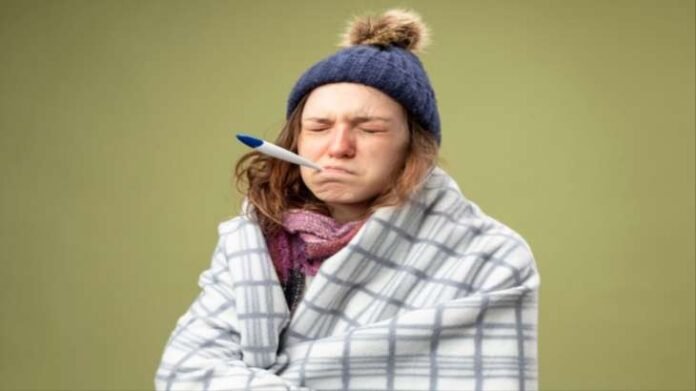Common colds and seasonal allergies have similar symptoms. Common colds are viral infections, while seasonal allergies are allergen-induced.
Many of us sneeze, sniffle, and feel sick as the seasons change. Seasonal allergies or a common cold? Although they have similar symptoms, both conditions have different causes and require different treatments. India TV will explain the difference between common colds and season allergies, their treatment, and more.
What is common cold?
Several viruses, mostly rhinoviruses, cause the common cold. It spreads through close contact with infected people or surfaces. Sore throat, cough, congestion, sneezing, and mild fever are cold symptoms. A cold usually starts slowly and lasts a week, unlike allergies.
Common cold treatment
Cold treatment often targets symptoms. Hydration, rest, and over-the-counter cold remedies can relieve pain.
Consult a doctor if symptoms worsen.
What are seasonal allergies?
Pollen, grass, mold, and pet dander cause seasonal allergies. Your immune system releases histamines when it perceives these substances as harmful, causing sneezing, runny or stuffy nose, itchy or watery eyes, and itchy throat. Allergy symptoms return each year during the allergen season.
Seasonal allergy treatment
Managing seasonal allergies involves reducing the allergic response. Antihistamines, decongestants, and nasal corticosteroids help. Allergen avoidance methods like closing windows during pollen seasons can also work.
Common cold vs seasonal allergies: key differences
The common cold is caused by viruses, while seasonal allergies are caused by allergens.
Allergen exposure causes allergy symptoms to appear suddenly, while colds usually develop gradually.
Colds last about a week, but seasonal allergies can last all season.
Colds can cause a mild fever, but allergies don't.
Treatment: Cold treatment relieves symptoms, while allergy treatment reduces allergic response and prevents allergen exposure.Conclusion
Rhinoviruses spread the common cold through close contact with infected people or surfaces. Symptoms include sore throat, cough, congestion, sneezing, and mild fever. The immune system reacts to pollen, grass, mold, and pet dander to cause seasonal allergies. These allergies return each year during the allergen season. Seasonal allergy treatment involves antihistamines, decongestants, and nasal corticosteroids. Avoiding allergens by closing windows during pollen seasons can also work. Cause, onset, duration, and fever distinguish the two.




